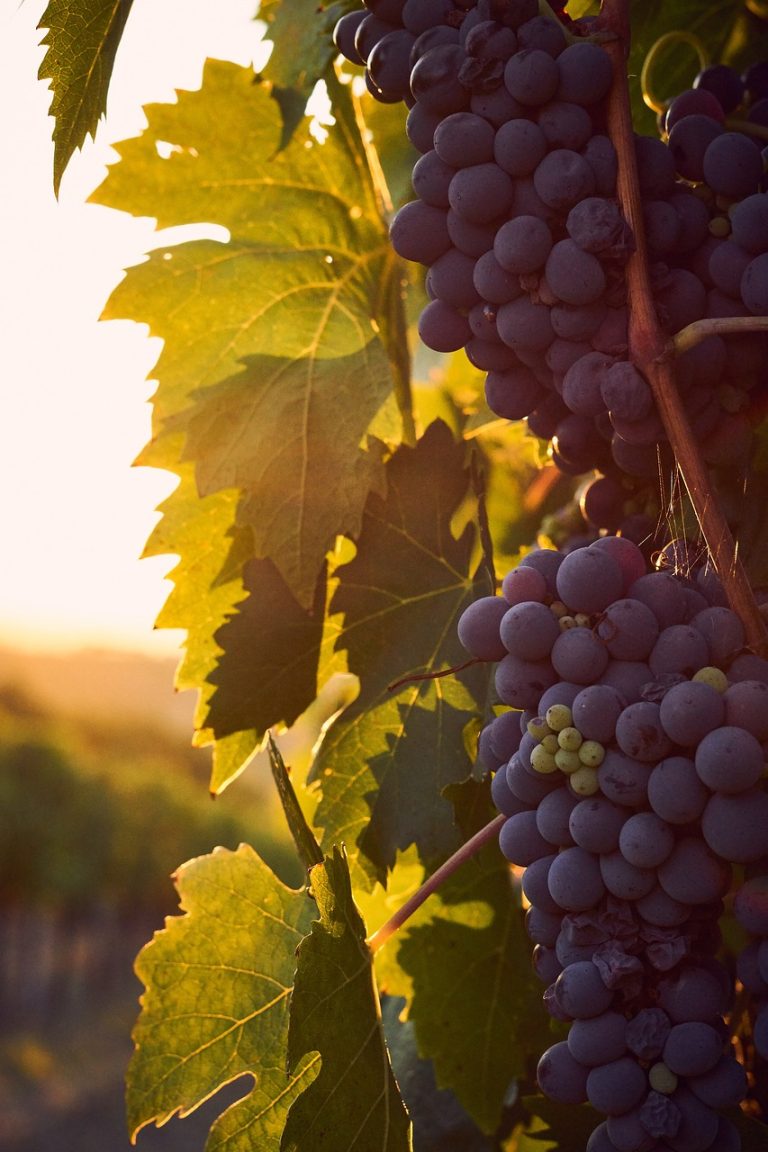Did you know that lobsters are one of the world’s most important seafood commodities? In this article, we’ll explore five things you should know about lobster production, from its nutritional benefits to why it is such an important industry. Read on to find out why this crustacean is so popular with consumers!
Lobster production has come a long way in recent years, allowing fishermen and farmers to expand their catch and meet the growing demand for this seafood. Lobsters are an important source of nutrition, providing essential vitamins and minerals that keep us healthy. They are also high in protein, low in fat, and rich in omega-3 fatty acids, which help reduce inflammation and promote heart health. Additionally, lobster provides an excellent source of selenium, which is beneficial for cognitive development.
Apart from its nutritional benefits, lobster production is also a major industry. It provides jobs to many coastal economies around the world and contributes significantly to global seafood supply chains. Lobster fisheries generate over $4 billion annually for over 20 countries worldwide.
In addition to its economic advantages, lobster production also helps protect ocean habitats. By harvesting wild lobsters sustainably, fishermen can ensure that future generations will have access to healthy stocks of crustaceans. Furthermore, aquaculture farms can be used to raise lobsters in a controlled environment with reduced environmental impacts.
Finally, lobster production is also highly regulated by governments around the world in order to protect consumer safety as well as fish stock populations. Governments have put various measures into place such as
The Creation of Lobster
Lobster production has a long and storied history dating back to the early days of human civilization. The first recorded instance of lobster production comes from ancient Egypt, where the process was used to create a delicacy for the pharaohs.
Since then, lobster production has undergone many changes and innovations, but the basic process remains the same. Lobsters are caught in traps or nets and then brought to land where they are cooked and processed.
The majority of lobster is caught in the wild, although there is a growing industry of lobster farming. Lobster farming is a more sustainable and environmentally friendly way to produce lobster, as it does not require the capture of wild lobsters.
Lobster is a popular seafood dish all over the world and is prized for its delicate flavor and texture. It can be cooked in many different ways, making it a versatile ingredient for both home cooks and professional chefs alike.
Whether it is caught from the wild or farmed, lobster is an important part of many different cultures and cuisines all over the world.
How Lobsters are raised
Lobsters are a type of shellfish that are popular in many different cuisines. They can be harvested from the wild or raised in captivity. Lobster farming is an increasingly common practice, as it allows for a more sustainable and humane way to obtain these seafood delicacies.
There are two main methods of lobster farming: off-bottom and on-bottom. In off-bottom farming, lobsters are raised in cages that are suspended from buoys or docks. This method allows for easy access to the lobster for feeding and cleaning, but it also exposes them to predators such as seagulls. On-bottom farming is done by digging trenches in the ocean floor and placing the cages inside. This protects the lobsters from predators, but makes it more difficult to tend to them.
Lobsters are omnivorous creatures, so they need a diet that includes both plant and animal matter. In the wild, they will eat anything from small fish to clams and seaweed. In captivity, they are typically fed a diet of fish meal, soybean meal, and vitamins and minerals.
Lobsters grow slowly, so it takes several years for them to reach harvestable size. When they are ready to be harvested, they are typically steamed or boiled alive. This process kills them quickly and ensures that their meat is fresh when it reaches the consumer.
What does it take to create a Pound of Lobster?
It takes a lot of work to produce just one pound of lobster. First, the lobster fisherman must catch the lobster. This is done by setting traps in areas where lobsters are known to live. Once the traps are set, the fisherman must check them regularly to see if any lobsters have been caught.
If a lobster is caught, it must be brought back to shore and placed in a holding tank. The lobster will then be transported to a processing plant where it will be weighed and processed for sale.
Creating a pound of lobster requires a lot of time, effort, and patience. But in the end, it is all worth it when you can enjoy a delicious seafood meal!
5 Things You Should Know About Lobster Production
Lobster production is a complex and lengthy process that involves a number of different steps. Here are some things you should know about lobster production:
- Lobsters are typically caught in traps or by hand.
- Once they are caught, they are brought to a lobster pound where they are held until they are ready to be processed.
- Lobsters are usually boiled or steamed before they are eaten.
- The lobster shell is often used to make soup or bisque.
- Lobster meat is considered a delicacy and is often served with butter or garlic.
- In some areas, lobster meat is canned or frozen for later use.
Other things worth noting
- Lobster production is a process that involves the raising and harvesting of lobster for human consumption. There are two main types of lobster production: offshore and inshore. Offshore lobster production takes place in the open ocean, while inshore lobster production takes place in coastal waters.
- Lobster farming is a form of aquaculture, which is the farming of aquatic animals in controlled environments. Lobster farmers typically raise their lobsters in cages or pens that are suspended from buoys. The pens protect the lobsters from predators and allow for easy access for harvesting.
- Lobsters are harvested using a variety of methods, including traps, nets, and hand picking. The most common method of lobster harvesting is by trap, which is a wire cage that is baited with food and lowered into the water. When a lobster enters the trap, the door closes behind it and the lobster is unable to escape.
- The size of the lobster determines when it will be harvested. For example, Maine lobsters are typically harvested when they reach a minimum carapace length of 3 1/2 inches (9 cm). Once lobsters are harvested, they are immediately placed into coolers filled with seawater to keep them alive until they can be processed.
- Processing involves removing the lobster from its shell and then cooking it. Lobsters can be boiled, steamed, baked, or grilled.



















+ There are no comments
Add yours